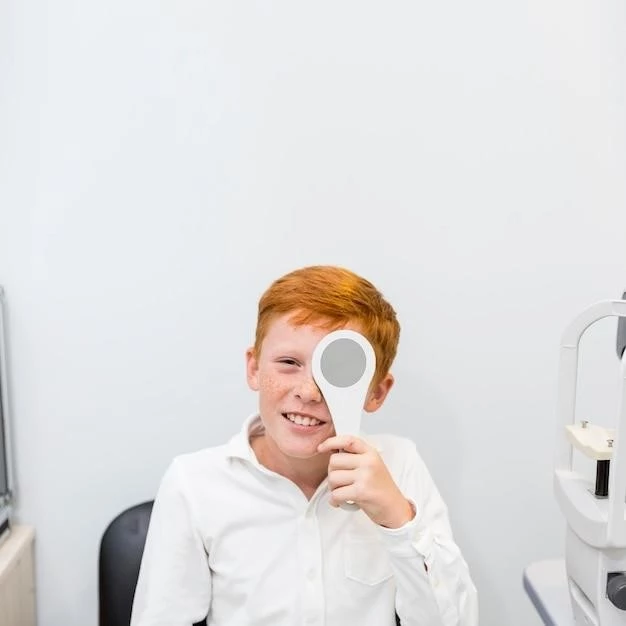Genetic Factors play a significant role in the development of Anophthalmia․
Introduction to Anophthalmia
Anophthalmia is a rare congenital condition characterized by the absence of one or both eyes․ It can occur as an isolated anomaly or as part of a syndrome․ The condition impacts visual development and requires early intervention to address associated challenges․
Causes of Anophthalmia
Anophthalmia can be caused by genetic factors, maternal infections during pregnancy, exposure to certain medications, or environmental toxins․ Mutations in specific genes responsible for eye development can also lead to the occurrence of anophthalmia․
Treatment for Anophthalmia
Treatment for anophthalmia focuses on cosmetic management with prosthetic eyes or orbital implants to improve facial appearance․ Early intervention with ocularists and specialists in ocular rehabilitation is essential for optimal outcomes․ Additionally, ongoing counseling and support are vital for individuals and families coping with the condition․
Cleft Lip and Palate⁚ Surgical Procedures and Management
Understanding the surgical procedures and ongoing management for cleft lip and palate․
Understanding Cleft Lip and Palate
Cleft lip and palate are common birth defects that affect the upper lip and roof of the mouth․ These conditions can impact feeding, speech development, and dental health․ Understanding the complexities and challenges associated with cleft lip and palate is crucial for effective treatment and management․
Surgical Procedures for Cleft Lip and Palate
Surgical correction of cleft lip and palate involves multiple procedures to repair the defects and improve function and aesthetics․ Techniques include lip repair, palate repair, and revision surgeries as needed․ Collaborative efforts between plastic surgeons, otolaryngologists, and other specialists ensure comprehensive care for individuals with cleft lip and palate․
Management of Cleft Lip and Palate
Effective management of cleft lip and palate includes a multidisciplinary approach involving surgical interventions, dental care, speech therapy, and psychosocial support․ Timely interventions, regular follow-ups, and coordinated care aim to address the physical, emotional, and social needs of individuals with cleft lip and palate, promoting optimal outcomes and quality of life․

Hypothalamic Disorders⁚ Symptoms and Diagnosis
Exploring the symptoms and diagnostic methods for Hypothalamic Disorders․
Overview of Hypothalamic Disorders
Hypothalamic disorders affect the hypothalamus, a crucial part of the brain involved in hormone regulation and other vital functions․ These disorders can lead to disruptions in temperature regulation, sleep patterns, metabolism, and emotional well-being․ Understanding the diverse impact of hypothalamic disorders is essential for accurate diagnosis and management․
Symptoms of Hypothalamic Disorders
Symptoms of hypothalamic disorders can vary and may include disruptions in sleep patterns, changes in appetite, altered body temperature regulation, hormonal imbalances, and mood swings․ Additionally, individuals may experience issues related to growth, metabolism, and reproductive functions․ Recognizing and addressing these symptoms is crucial for the diagnosis and management of hypothalamic disorders․
Diagnosis of Hypothalamic Disorders
Diagnosing hypothalamic disorders involves a comprehensive assessment that may include blood tests to evaluate hormone levels, imaging studies such as MRI or CT scans to assess the hypothalamus, and a thorough review of symptoms and medical history․ Collaboration between endocrinologists, neurologists, and other specialists is key in confirming a diagnosis and developing an appropriate treatment plan․
